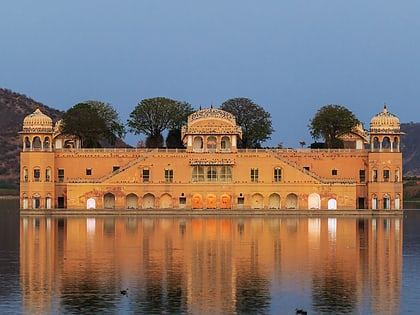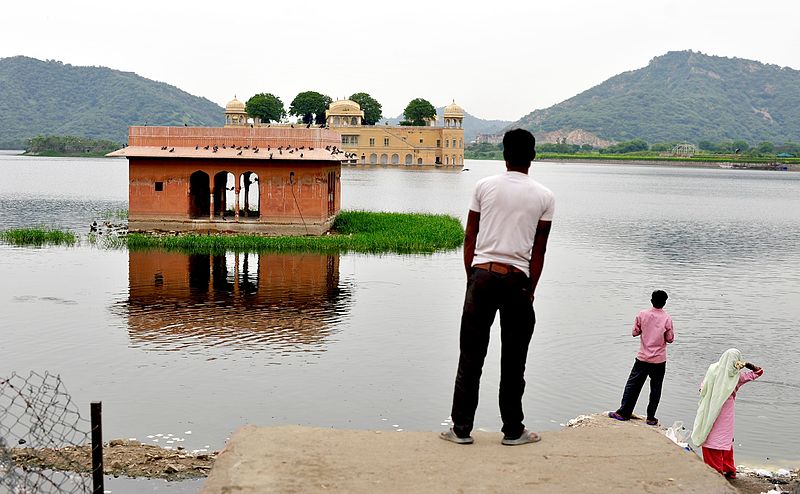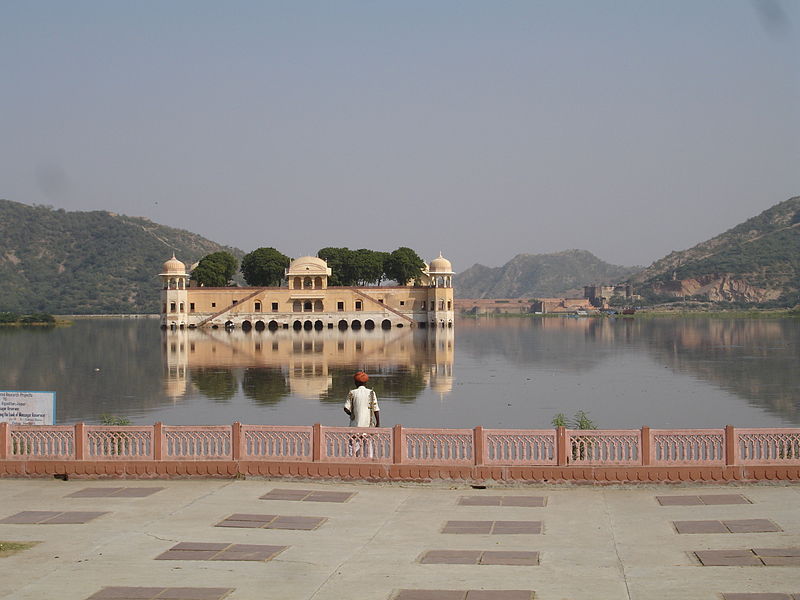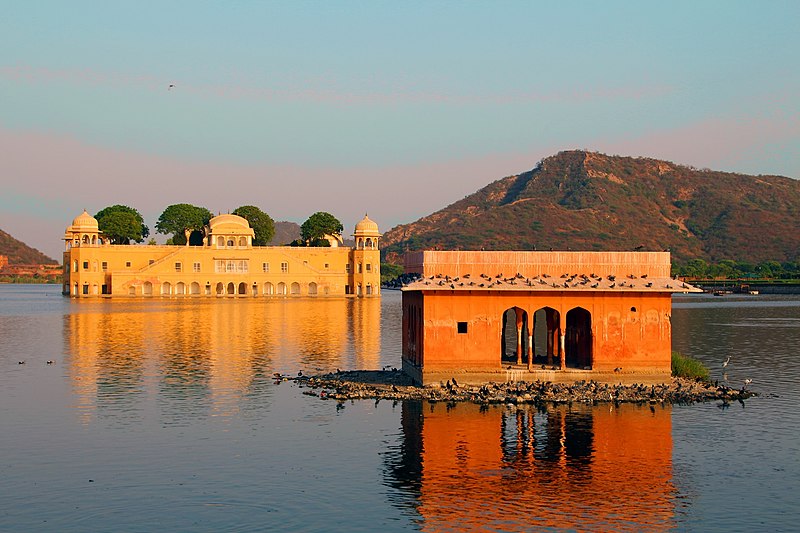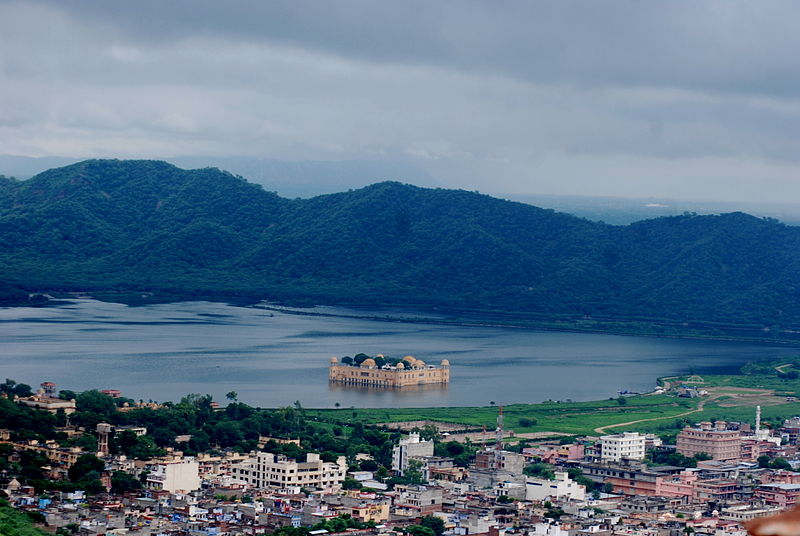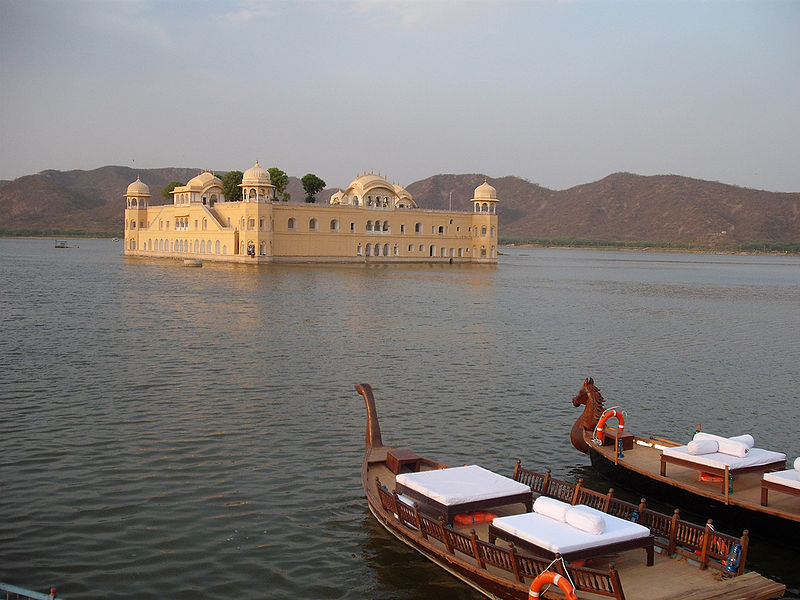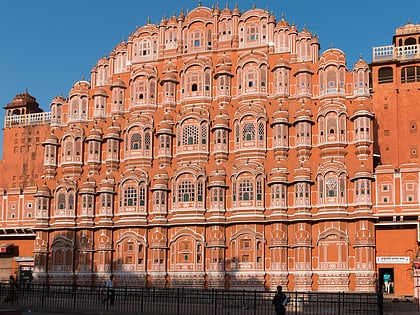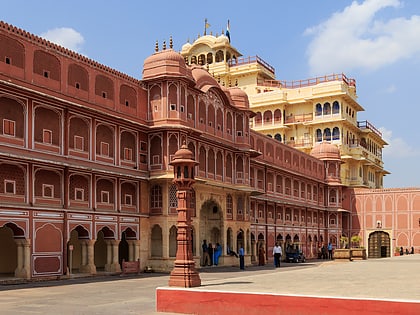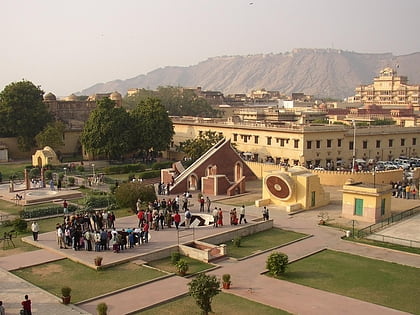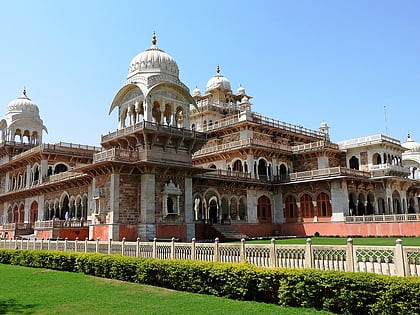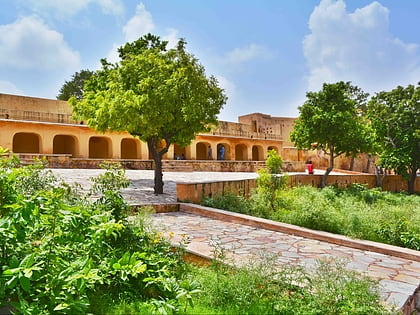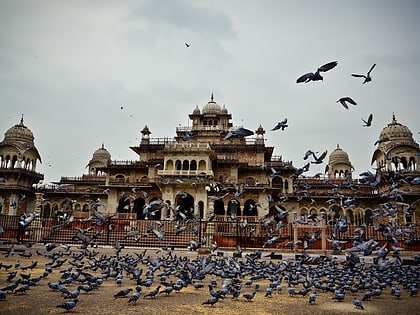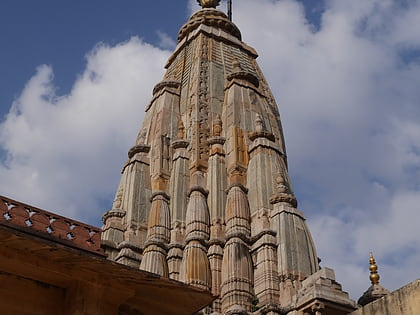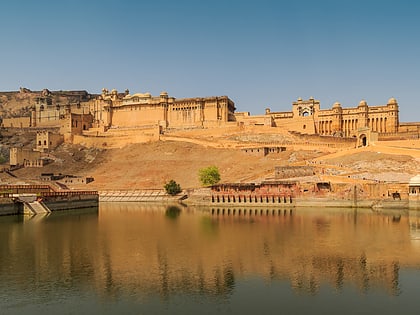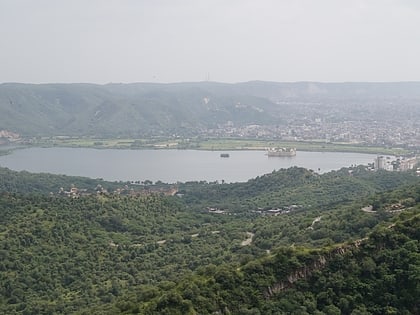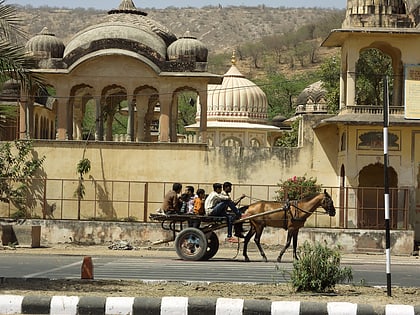Jal Mahal, Jaipur
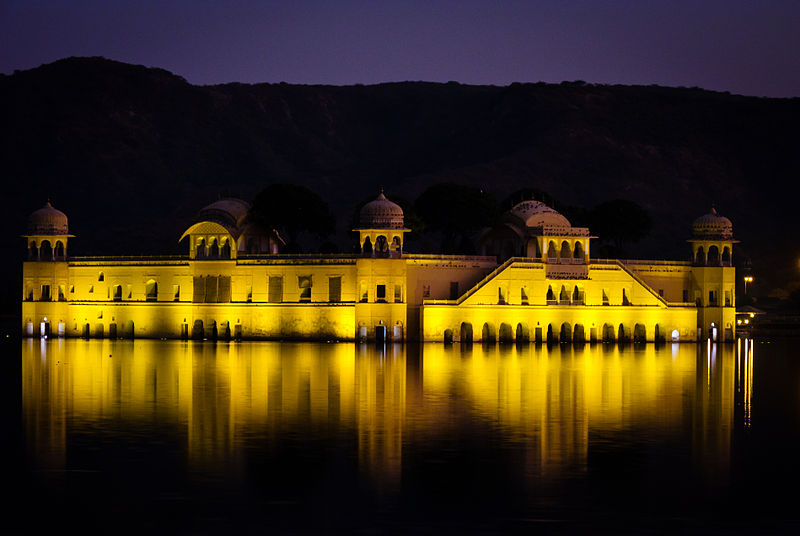
Facts and practical information
Jal Mahal, often referred to as the Water Palace, is an architectural marvel situated in the middle of the Man Sagar Lake in Jaipur, India. This serene palace, with its subtle Rajput and Mughal architectural influences, provides a stunning visual contrast to the blue waters that surround it.
Constructed in the late 18th century by Maharaja Jai Singh II of Amber, Jal Mahal was designed as a lodge for his duck hunting parties. The palace is a five-story building, of which four floors remain submerged when the lake is full, and only the top floor is visible, creating a floating effect that leaves visitors enchanted.
The palace's sand-colored stone walls and the chhatris (domed-shaped pavilions) at the corners of the rooftop garden are characteristic of traditional Rajasthani style. The intricate detailing and the symmetry of the architecture reflect the precision and skill of the craftsmen of that era.
Jal Mahal has been restored and developed for tourism, with the surrounding lake area cleaned up to enhance its natural beauty. Although the interior of the palace is not open to the public, the view from the shore is breathtaking, especially at dusk and dawn when the palace appears to glow with the reflection of the sky.
Visitors to Jaipur can take a short drive to the palace, which is located north of the city center. While you cannot enter the palace, boat rides on the Man Sagar Lake offer a closer look at this historical site. The surrounding area is now a promenade with food stalls and souvenir shops, where tourists can enjoy the local culture.
Jal Mahal – popular in the area (distance from the attraction)
Nearby attractions include: Hawa Mahal, City Palace, Jantar Mantar, Albert Hall Museum.
Frequently Asked Questions (FAQ)
Which popular attractions are close to Jal Mahal?
How to get to Jal Mahal by public transport?
Bus
- Jal Mahal • Lines: 3B (7 min walk)
- Shahpura Bagh • Lines: 3B (7 min walk)
